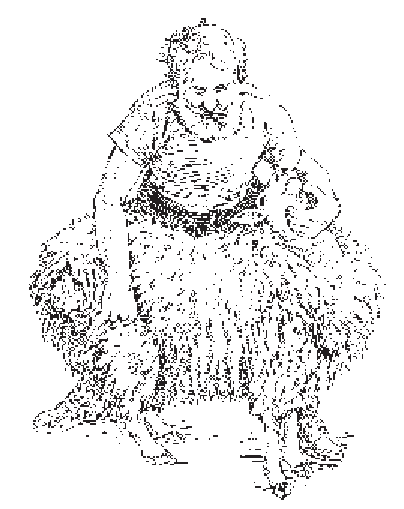Agriculture Reference
In-Depth Information
them should be clean and dry. If the sheep are wet, don't shear them. With a
bigger fl ock, it pays to break them down into groups that have similar fl eeces:
for example, by breed, staple length, age, and so on.
Shearing can be tough on your back. It's a good idea to do some stretching
exercises before you start. You may also want to wear a back-support belt,
available from pharmacies.
How to Shear
The real trick in shearing isn't learning the pattern of the shearing strokes,
which lessens the time involved in removing the wool, but in immobilizing
sheep by the various holds that give them no leverage to struggle. A helpless
sheep is a quiet sheep. Rendering sheep helpless cannot be done by force
alone, for forcible holding makes them struggle more. Try to stay relaxed
while you work.
Note both the holds on the sheep, often by use of the shearer's foot or
knee, and the pattern of shearing in the illustrations.
Even though shearing cuts heal quickly, use an antibacterial spray to help
prevent infections, which may spread to the lymph glands or result in fl y-
strike. Commercial shearers don't normally do this, but if you're there to help,
you can pay attention to these cuts.
SHEARING IN 20 STEPS
1. Slip your left thumb into the
sheep's mouth, in back of the
incisor teeth, and place your
other hand on the sheep's
right hip.

